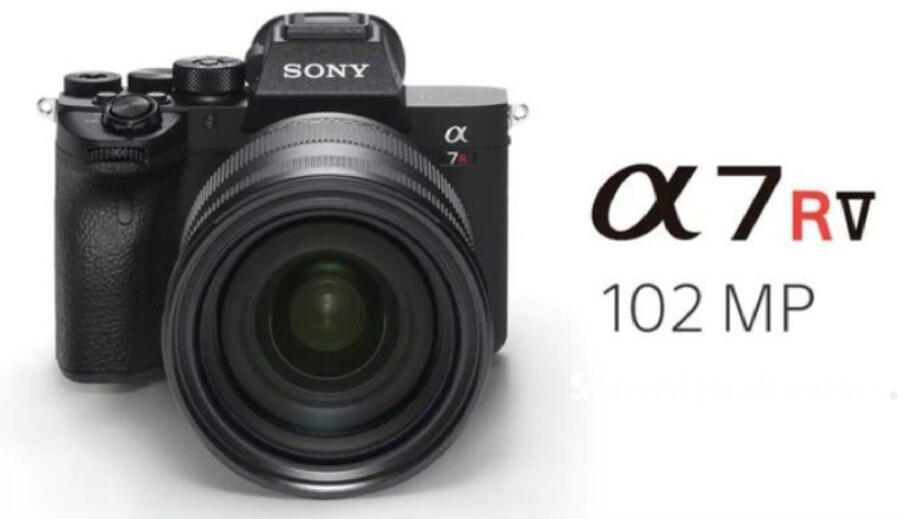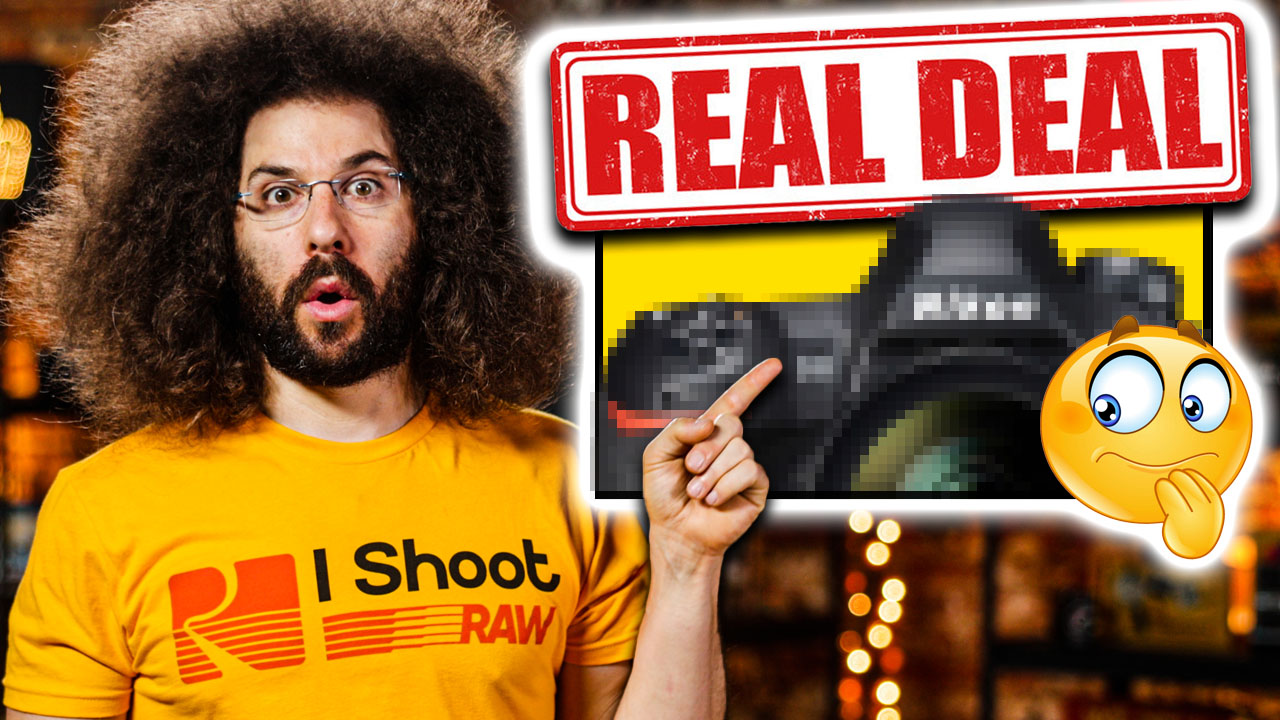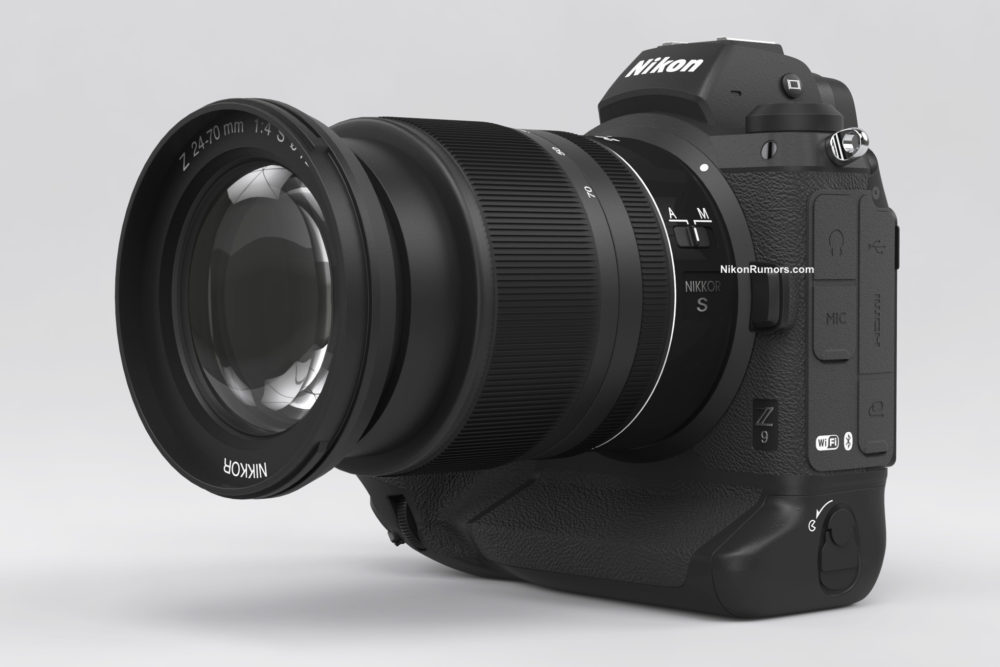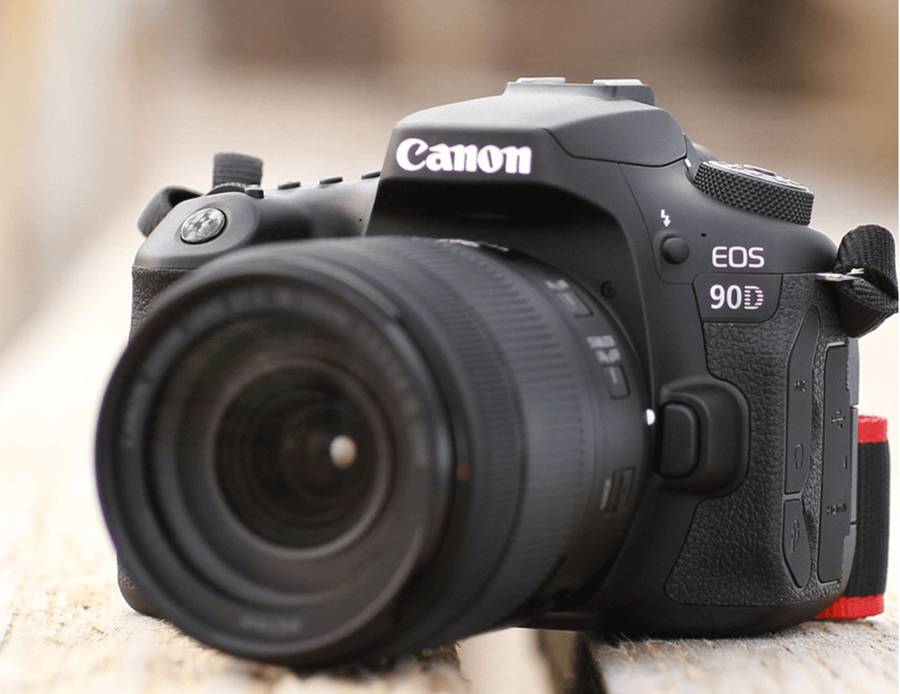The following table covers some of the other important characteristics of the Canon R5 and Nikon Z9, as well as related information for a number of other comparable cameras. DXO Mark provides accurate and consistent information on real sensor performance for a wide range of cameras. Using this service, an overall sensor rating is determined, as well as sub-scores for low-light sensitivity (“DXO Sports”), dynamic range (“DXO Landscape”), and color depth (“DXO Portrait”) (“DXO Portrait”).

A comparison between the Canon R5 and the Nikon Z9.
The entire galleries may be seen in the Canon R5 Gallery and the Nikon Z9 Gallery, respectively. Before we get into the details of the comparison, here’s a short rundown of how the R5 compares to the Z9 in terms of mobility, imaging, features, and overall performance. Because both models are considered to be among the finest in their respective categories of Pro Mirrorless cameras, we can anticipate a tight matchup. On the basis of an overall score of 95, the Nikon Z9 is rated #7 among 61 cameras in its class, whereas the Canon R5 is placed #6 with an overall score of 96. The Canon R3 also has Eye Control AF, which employs an 8-sensor to detect the location of the photographer’s eye and may then alter the AF point in response to that detection. Both cameras are equipped with the most sophisticated autofocus mechanism available from their respective manufacturers.
A low resolution of 3.69 million dots makes the Z9 a distant second behind the R3’s 5.76 million dot resolution, despite the fact that Nikon says it has the brightest electronic viewfinder on the market at this time. The R3’s viewfinder refresh rate is considerably greater, reaching up to 120 frames per second, whilst the Z9’s is limited to 60 frames per second. If you want even quicker shooting rates, the Z9 is capable of capturing 11MP photographs at 120 frames per second while maintaining full autofocus and metering capability. The list of launch pricing provides an indicator of the market sector that the camera maker has been aiming its products towards. The R5 was released at a far cheaper price than the Z9, putting it in a completely different market category than the latter.

Using Sports as an Example

The following is a detailed comparison of the Canon R5 and the Nikon Z9, two professional mirrorless digital cameras from the same manufacturers, Canon and Nikon. The resolution of the R5 and the Z9 are very similar, and they both have the same exact sensor sizing as the Z9 does. Because the Canon R5 C and Nikon Z9 have sensor sizes that are almost identical, none of them has a substantial advantage over the other in terms of depth of field control when both are utilized with the same focal length and aperture. The Nikon Z9 has a single-axis tilting screen, which is mostly useful for shooting from waist or above-the-head heights. For its part, the Canon R5 C has a Fully Articulated screen, which makes it more versatile and handy, particularly for shooting Selfie photographs and recording videos in low light. For the sake of making your choice process simpler in the event that you are especially interested in one or more of the photographic genres covered in this section, we rank and compare the Nikon Z9 vs Canon R5 in five separate categories.
In this review, we will be comparing the Canon R5 C and Nikon Z9, two professional mirrorless cameras from the same manufacturers. The Canon R5 C was presented to the market in January 2022, while the Nikon Z9 was introduced in October 2021, according to the company. Because there is just a three-month age gap between R5 C and Z9, we anticipate that this will be a fair comparison in terms of both age and technological level.
Similar to Nikon, Canon announced the EOS R3 on April 14, 2021, then teased us with pieces of information for months before disclosing the whole specification on September 14, 2021. However, according to Canon, the R3 is priced below the EOS-1D X Mark III, the company’s top DSLR, and is targeted at professional sports and news photographers. Extra horizontal resolution offers me more freedom to zoom and pan while Canon EOS R5 vs Nikon Z9 also offering shaking mitigation when necessary.

Comparison between the Canon R5 C with the Nikon Z9.

When used with a stabilised lens, the Nikon Z9 is capable of correcting for shutter speeds up to 6EV slower than the original. The Canon R3, on the other hand, is capable of up to 8EV adjustment, depending on the lens that is attached to it. It should be noted that the above size and weight comparisons are rather inadequate since they do not take into account the interchangeable lenses that are required by both cameras.
The Canon has a resolution of 44.8 megapixels, whereas the Nikon has a resolution of 45.4 megapixels. Both the Nikon Z9 and the Canon R5 are equipped with sensor-based image stabilization, which implies that any lenses used with both devices will be stabilized. According to CIPA regulations, the built-in image stabilization system on the Z9 is capable of compensating vibration up to 6.0 stops, whilst the IS system on the R5 is capable of compensating vibration up to 8.0 stops. Both displays can be tilted to provide a nice view from a variety of shooting locations, but they use a somewhat different method to achieving that perspective. In contrast to the Canon R3, which has the vari-angle screen type that we’ve seen many times before, the Z9 features a 4-way tilt mechanism, which means that the screen is constantly positioned behind the camera rather than to the side. The two cameras are also capable of autonomously detecting and focusing on a variety of subjects, and they use a hierarchical approach, which means that if the eyeballs are detected, the cameras will concentrate on them.

